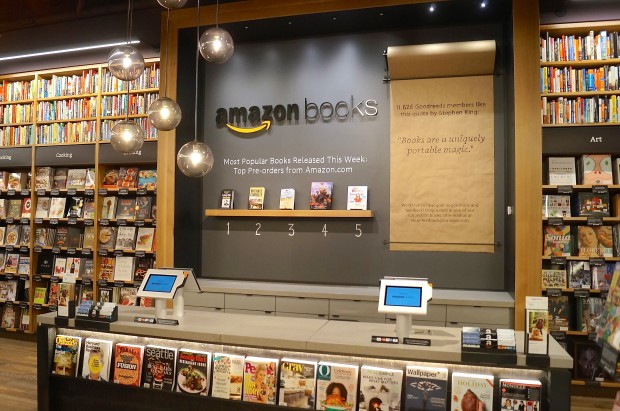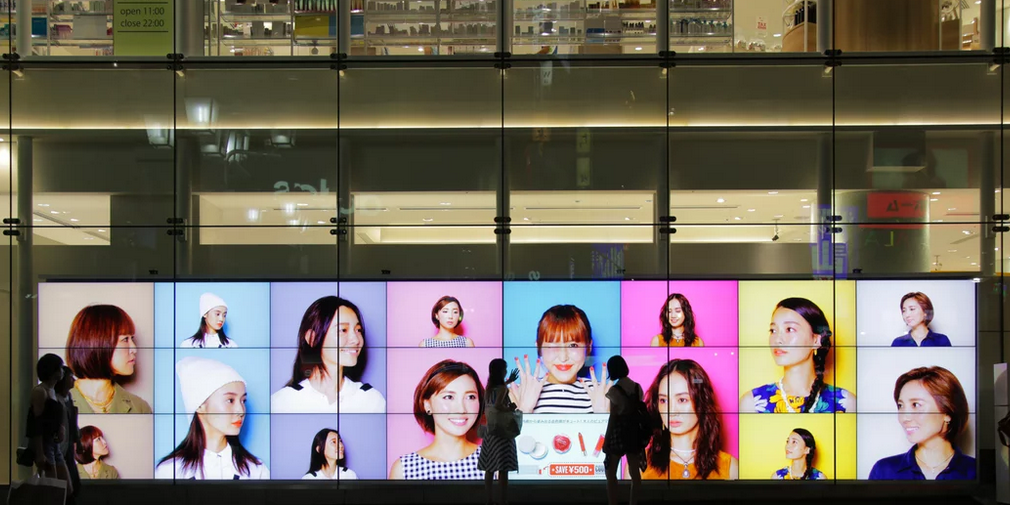
High Street 2.0
The high street has been on its last legs for more than a while now. We all know the end is most likely around the next boarded up corner. Yet it doesn't seem to have changed a massive amount since we were kids. The process of walking into a town centre and picking up some odds and sods hasn't really changed that much at all. Not when you compare it to the rapid change in nearly everything else in our lives, bar the addition of a few more coffee shops, what's really changed? Your great grandparents would most likely still recognise its format and understand the logic behind the high street, but could the same be said about phones, TV, music, supermarkets or computers.
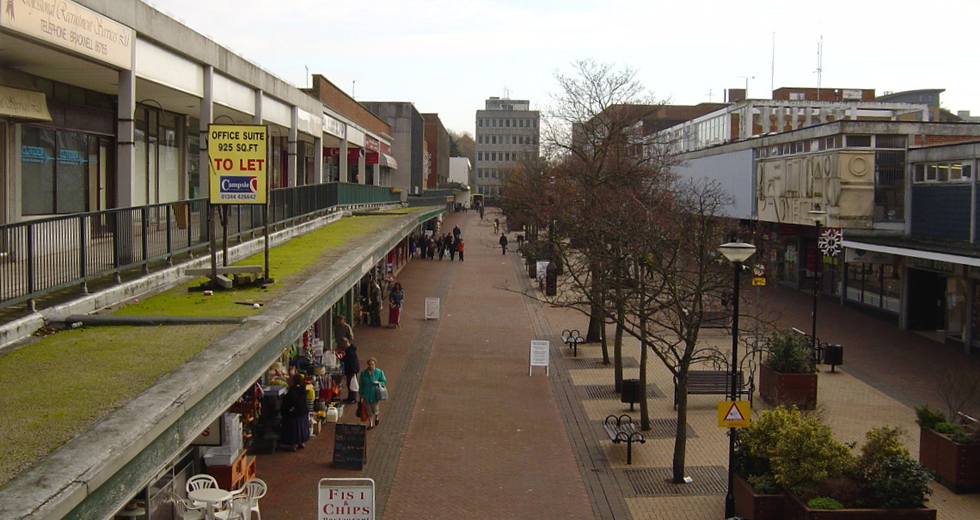
Obviously, the birth of the internet, big shiny indoor malls, and industrial estates are core reasons for the high streets decline. If not now, but when will the high street shake off it grey old dusty technophobe outlook on life and embrace the future.
What's more important to a business, a quick one-off purchase, or an experience and the opportunity to have a one to one relationship with a customer for years to come? It's not really that hard a question.
Maille Mustard tackles this head on. Offering its potential customers the opportunity to grab an RFID-powered spoon, and test run some of their flavours. You simply tap the spoon on a jar of mustard and they will get back to you with all sorts of information, serving suggestings, other flavors, links to their socials channels, sales and everything and anything Maille then decide to offer you. It's a one to one relationship for mustard.
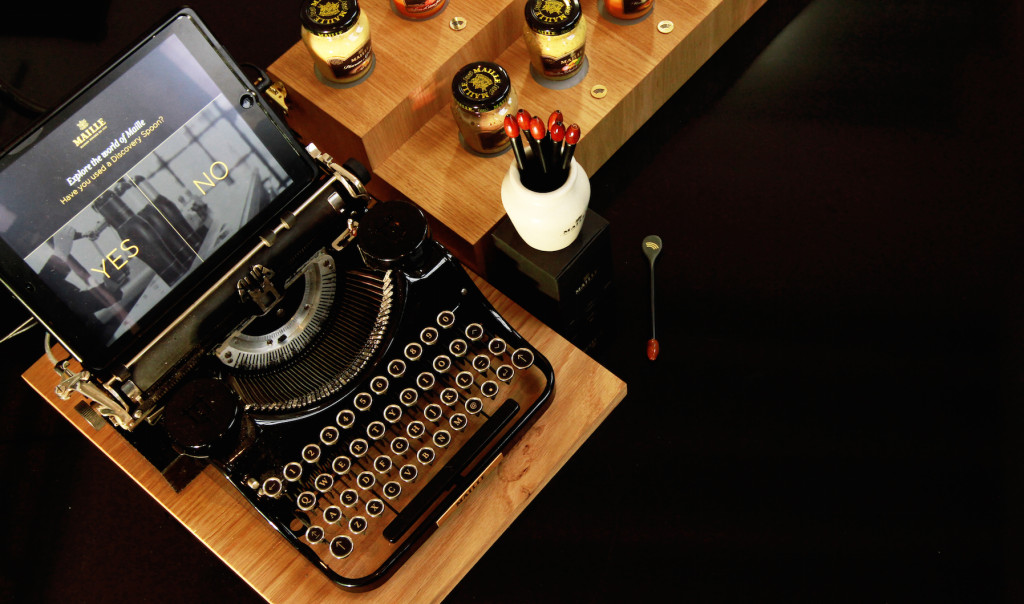
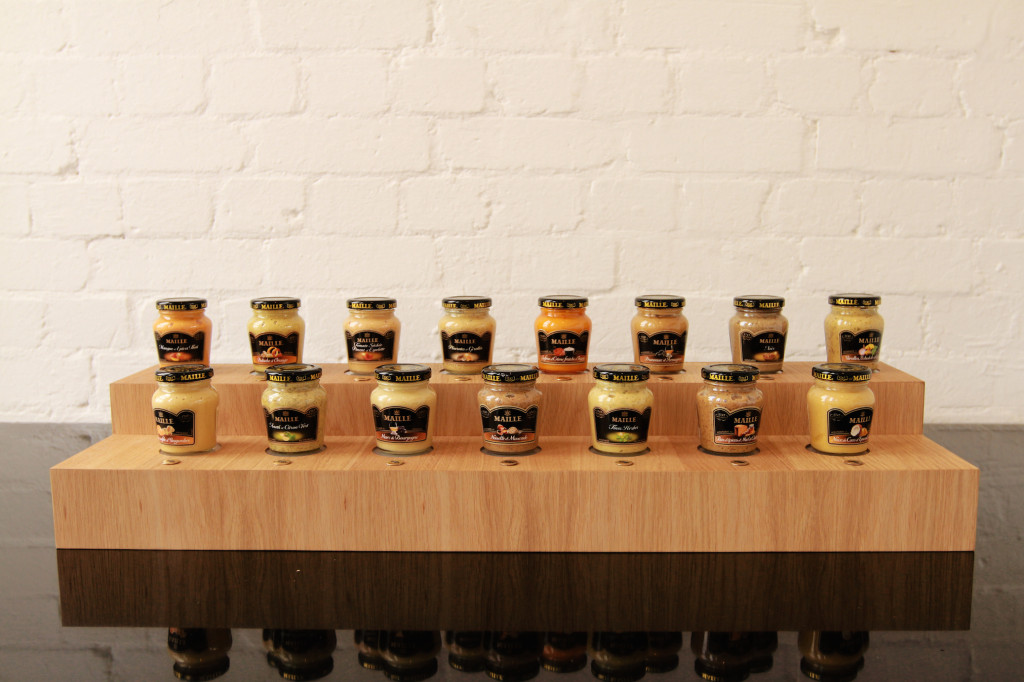
ASOS hold regular one of shopping events with their own products at the centre of it all, from party nights to wedding fairs. Etsy holds regular DIY sessions for crafters and makers, which have now become craft fairs for Etsy stores. Argos has finally integrated all of its stock online and got rid of the catalog in store and replaced them with tablets for an instant click and collect experience.
If the internet has won, and you only look at the high street as a cluster of pound lands and 'stock unavailable' stores, then it's only a matter of time before we see our high street stores start to replicate the tactics of other e-commerce success stories. Contactless payments, wish lists, instant customer reviews, click and collect are already here and creeping into more and more areas of the high street. The blur between e-commerce and simple old fashioned commerce is about to get even blurrier.
The high street could live and breath again.
